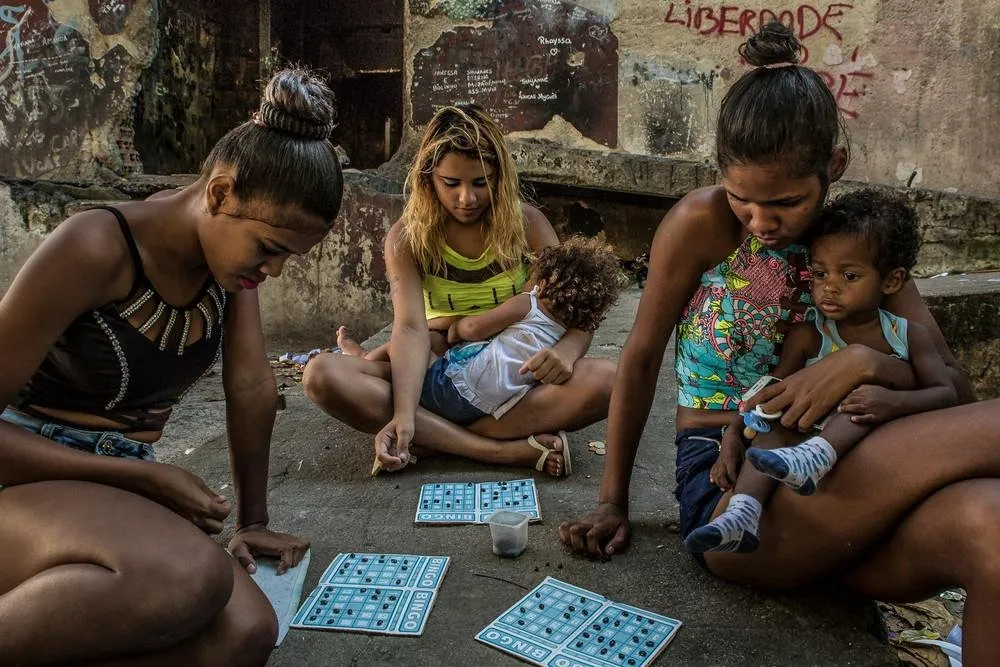Usually the rich look down on the poor, but in Rio it's the opposite. On the hills of Rio de Janeiro, overlooking the world-famous beaches and the adjacent areas of Iponeum and Copacabana, tens of thousands of local residents built their own homes from what came to hand - these are favelas, the Brazilian slums.

This chaotic samostroy for decades kept apart, and was too dangerous for outsiders - including the Brazilians. But despite its notoriety, the Favela of Rio is as much a part of urban culture as the statue of Christ the Redeemer, football or carnival.
It goes without saying that epidemics of dysentery, syphilis and tuberculosis are bursting out here. Whereas, according to statistical data, the average population of Rio de Janeiro does not live more than 23 years, the average length of life in the slums is afraid even to be disclosed. The mortality of children is high enough.

The population of all prosperous regions is afraid even to approach the favela territory of Rio de Janeiro, whose photos are full of poverty and aggression. And even at a meeting on the street with a disadvantaged person, a successful citizen tries, as they say, "to bypass him with the tenth road." Because temperamental Brazilians on the slightest occasion to use the weapon. In the state of narcotic dope, pulling the trigger will not be very difficult. Unfortunately, on the territory of the favel, it will not be difficult to get a narcotic substance.

From the side there is an impression that in the Brazilian capital for years there is a bloody hopeless civil war. On the one hand, the leadership of the capital attributes all responsibility for the ongoing events to drug traffickers. And at the same time it runs criminal associations. Thus, the authorities keep all civilians under their vigilant control.
Provoked the emergence of slums in the capital of Brazil, "Golden Law", which was signed by Princess Isabel. She freed the country from slave power. Only took into account one moment. The freed slaves became outside of society. They left the disgusted plantations and began to raid and rampant. As a result, it turned out that agriculture had fallen into decay, the economy was shaken, and the underworld flourished in the country.

Then the Brazilian authorities decided to invite workers from Europe to process land. For this, the immigrants instantly received Brazilian citizenship. The fields were distributed literally for nothing. If only they were working.
Since the burning issue of slaves has not yet been resolved. Those liberated residents who had not yet joined the bandit groups were sent to Rio de Janeiro. The capital at that time was only being built. Therefore, a large number of workers were required. On the outskirts of the future city, a barrack-type settlement with the name "City of God" was quickly built up.

Day by day the settlement increased its territory by legal and illegal means. Because crowds of poor people from all regions of Brazil were drawn to the capital. At that time, as the government was engaged in the erection and development of the capital, it did not react to land squatting by poor citizens of the country. And in the end there were favelas of Rio de Janeiro